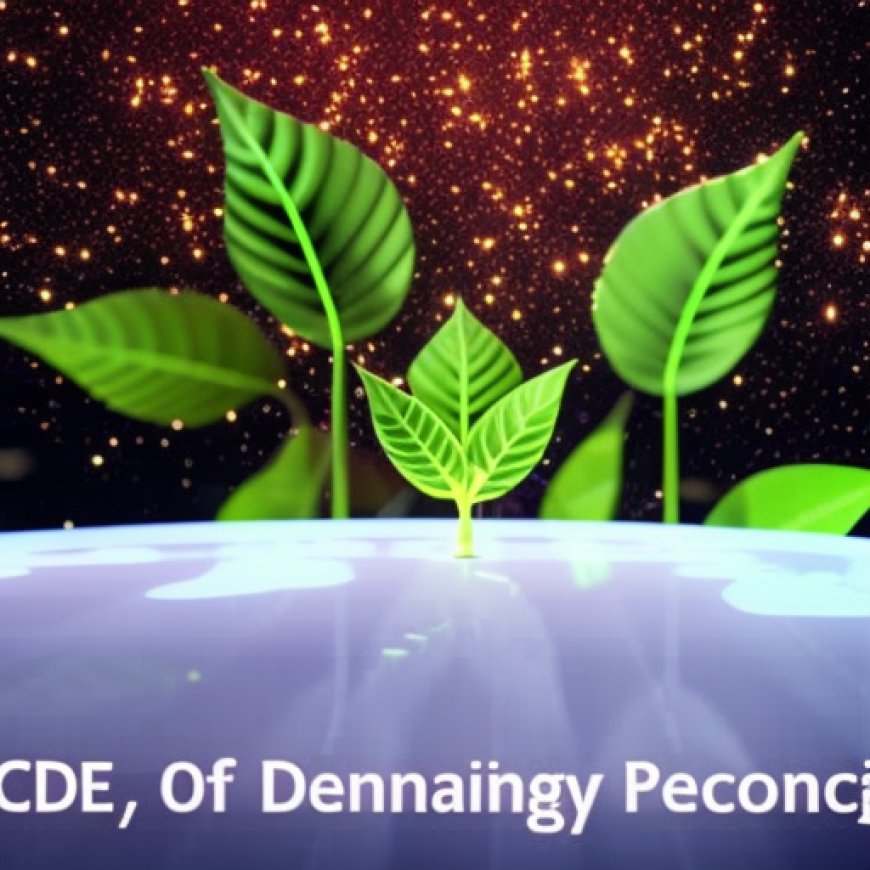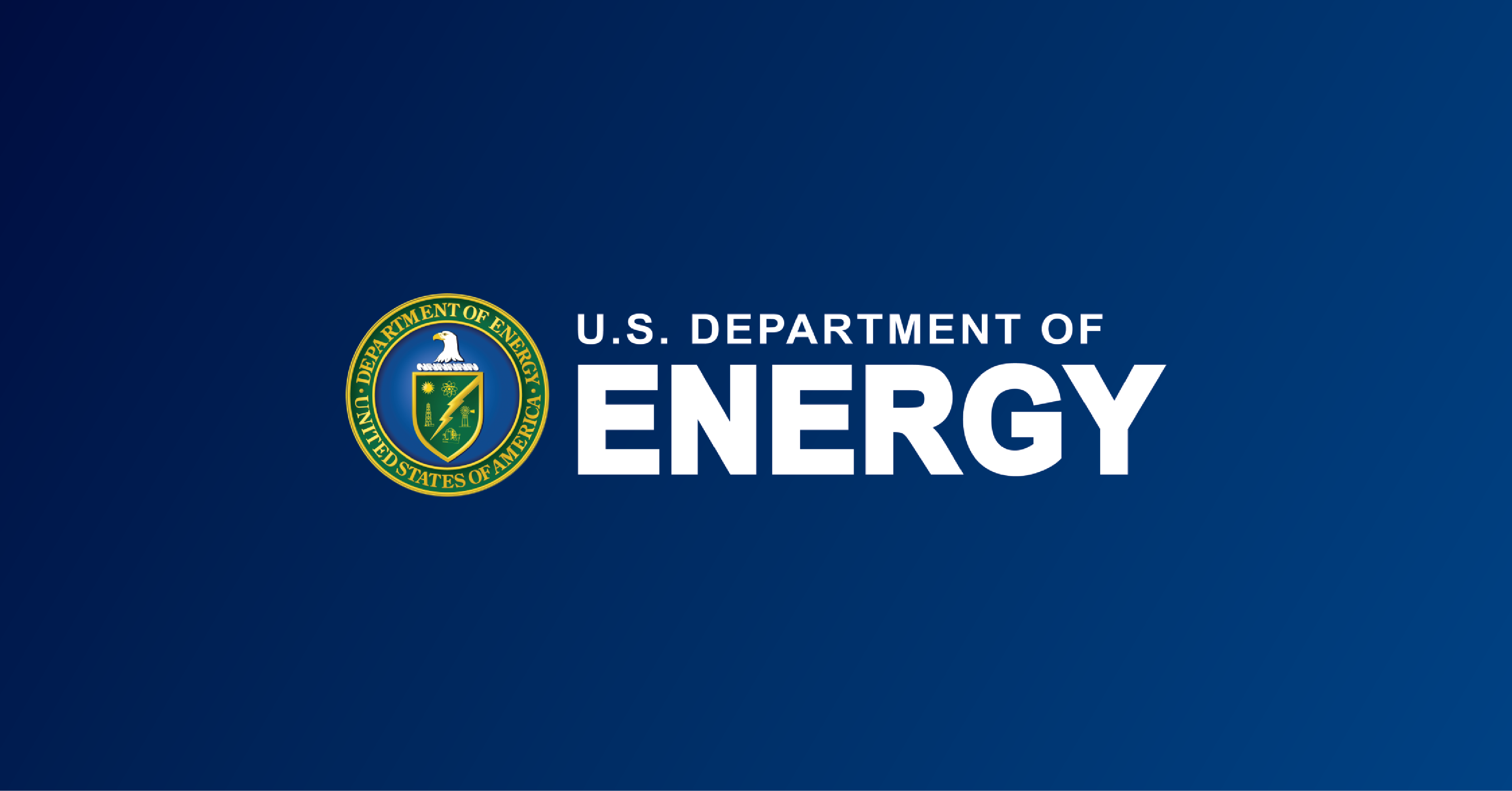U.S. Department of Energy Announces Energy Savings Performance Contracting Campaign
U.S. Department of Energy Announces Energy Savings ... Energy.gov


U.S. Department of Energy Opens Enrollment for Energy Savings Performance Contracting (ESPC) Campaign

Introduction
The U.S. Department of Energy (DOE) has announced the opening of enrollment for the Energy Savings Performance Contracting (ESPC) Campaign. This campaign aims to assist public building owners in financing building upgrades using the guaranteed energy savings of the future. The ESPC Campaign is a voluntary initiative that supports and engages state and local governments, universities and colleges, school districts, hospitals, and other stakeholders in expanding and improving the use of ESPC to modernize public buildings. Participants in the campaign will have access to expert-led training, peer exchange opportunities, and various resources and tools to promote best practices for ESPC projects and state programs.
Significance of Sustainable Development Goals (SDGs)
The ESPC Campaign aligns with the Sustainable Development Goals (SDGs) by contributing to the achievement of state and local environmental and economic goals. By promoting energy efficiency, the campaign supports SDG 7: Affordable and Clean Energy, SDG 11: Sustainable Cities and Communities, and SDG 13: Climate Action. Additionally, the campaign aims to create healthier indoor environments, which is relevant to SDG 3: Good Health and Well-being.
Statement from U.S. Secretary of Energy Jennifer M. Granholm
“Around the country, cash-strapped facility owners are often forced to delay building and energy efficiency upgrades. The ESPC Campaign provides shared resources and best practices to fund healthier and more efficient buildings instead of utility bills. This initiative benefits underserved communities, the environment, and everyone’s wallet,” said U.S. Secretary of Energy Jennifer M. Granholm.
Benefits of ESPC
ESPC offers a budget-neutral approach to finance infrastructure investments that reduce energy waste, pollution, and save taxpayers money. The goal of the campaign is to achieve $1 billion in measured and verified savings from energy savings performance contracts by 2030. This significant investment in public building energy improvements demonstrates the value of energy efficiency investments and supports the savings guarantee provided by ESPC.
Maximizing Benefits through Partnerships
The ESPC Campaign encourages partners to leverage existing programs such as President Biden’s Bipartisan Infrastructure Law and the Inflation Reduction Act, as well as other federal, state, and local funding and financing resources. By maximizing these resources, partners can maximize the energy, environmental, and cost savings benefits of facility upgrades.
Role of the Office of State and Community Energy Programs (SCEP)
The ESPC Campaign is led by the Office of State and Community Energy Programs (SCEP). SCEP engages both public and private sector stakeholders through participant and supporter partnership pathways to support, expand, and enhance ESPC. The campaign aims to cultivate a network of experienced ESPC practitioners.
Conclusion
The opening of enrollment for the ESPC Campaign by the U.S. Department of Energy highlights the Biden-Harris Administration’s commitment to improving the efficiency and resilience of public buildings and promoting clean energy. This initiative not only supports state and local environmental and economic goals but also creates healthier indoor environments and saves taxpayer dollars. For more information, visit the ESPC Campaign webpage.
SDGs, Targets, and Indicators Analysis
1. Which SDGs are addressed or connected to the issues highlighted in the article?
- SDG 7: Affordable and Clean Energy
- SDG 9: Industry, Innovation, and Infrastructure
- SDG 11: Sustainable Cities and Communities
- SDG 13: Climate Action
- SDG 17: Partnerships for the Goals
The article discusses the U.S. Department of Energy’s Energy Savings Performance Contracting (ESPC) Campaign, which aims to help public building owners pay for building upgrades with guaranteed energy savings. This initiative aligns with SDG 7, which focuses on ensuring access to affordable, reliable, sustainable, and modern energy for all. It also relates to SDG 9, as it promotes innovation and infrastructure development in the energy sector. Additionally, the campaign contributes to SDG 11 by improving the sustainability and efficiency of public buildings, and SDG 13 by reducing energy waste and pollution. Lastly, SDG 17 is relevant as the ESPC Campaign engages various stakeholders in partnerships to drive sustainable long-term impact.
2. What specific targets under those SDGs can be identified based on the article’s content?
- SDG 7.3: By 2030, double the global rate of improvement in energy efficiency
- SDG 9.4: By 2030, upgrade infrastructure and retrofit industries to make them sustainable, with increased resource-use efficiency and greater adoption of clean and environmentally sound technologies and industrial processes
- SDG 11.6: By 2030, reduce the adverse per capita environmental impact of cities, including by paying special attention to air quality and municipal and other waste management
- SDG 13.2: Integrate climate change measures into national policies, strategies, and planning
- SDG 17.17: Encourage and promote effective public, public-private, and civil society partnerships, building on the experience and resourcing strategies of partnerships
The article mentions the goal of achieving $1 billion in measured and verified savings from energy savings performance contracts by 2030. This target aligns with SDG 7.3, which aims to double the global rate of improvement in energy efficiency. It also relates to SDG 9.4, as it involves upgrading infrastructure and retrofitting buildings to improve resource-use efficiency. Furthermore, the initiative supports SDG 11.6 by reducing the environmental impact of public buildings, and SDG 13.2 by integrating climate change measures into energy efficiency projects. Lastly, the ESPC Campaign’s emphasis on partnerships corresponds to SDG 17.17.
3. Are there any indicators mentioned or implied in the article that can be used to measure progress towards the identified targets?
- Measured and verified savings from energy savings performance contracts
- Number of public building upgrades completed
- Amount of energy waste and pollution reduced
- Number of participants enrolled in the ESPC Campaign
- Amount of funding and financing resources leveraged
The article mentions the goal of achieving $1 billion in measured and verified savings from energy savings performance contracts by 2030. This indicates that the amount of savings can be used as an indicator to measure progress towards SDG 7.3. Additionally, the number of public building upgrades completed can be an indicator of progress towards SDG 9.4 and SDG 11.6. The reduction in energy waste and pollution resulting from these upgrades can also serve as an indicator for SDG 13.2. The number of participants enrolled in the ESPC Campaign and the amount of funding and financing resources leveraged can be indicators of progress towards SDG 17.17.
SDGs, Targets, and Indicators Table
| SDGs | Targets | Indicators |
|---|---|---|
| SDG 7: Affordable and Clean Energy | 7.3: By 2030, double the global rate of improvement in energy efficiency | – Measured and verified savings from energy savings performance contracts – Amount of energy waste and pollution reduced |
| SDG 9: Industry, Innovation, and Infrastructure | 9.4: By 2030, upgrade infrastructure and retrofit industries to make them sustainable, with increased resource-use efficiency and greater adoption of clean and environmentally sound technologies and industrial processes | – Number of public building upgrades completed – Amount of funding and financing resources leveraged |
| SDG 11: Sustainable Cities and Communities | 11.6: By 2030, reduce the adverse per capita environmental impact of cities, including by paying special attention to air quality and municipal and other waste management | – Number of public building upgrades completed – Amount of energy waste and pollution reduced |
| SDG 13: Climate Action | 13.2: Integrate climate change measures into national policies, strategies, and planning | – Amount of energy waste and pollution reduced |
| SDG 17: Partnerships for the Goals | 17.17: Encourage and promote effective public, public-private, and civil society partnerships, building on the experience and resourcing strategies of partnerships | – Number of participants enrolled in the ESPC Campaign – Amount of funding and financing resources leveraged |
Behold! This splendid article springs forth from the wellspring of knowledge, shaped by a wondrous proprietary AI technology that delved into a vast ocean of data, illuminating the path towards the Sustainable Development Goals. Remember that all rights are reserved by SDG Investors LLC, empowering us to champion progress together.
Source: energy.gov

Join us, as fellow seekers of change, on a transformative journey at https://sdgtalks.ai/welcome, where you can become a member and actively contribute to shaping a brighter future.







